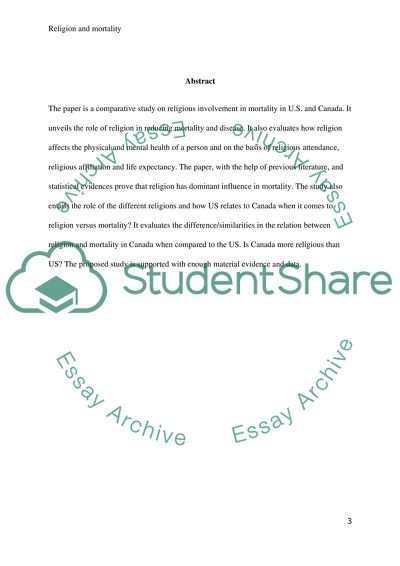Cite this document
(“Religion and Mortality Research Paper Example | Topics and Well Written Essays - 2500 words”, n.d.)
Religion and Mortality Research Paper Example | Topics and Well Written Essays - 2500 words. Retrieved from https://studentshare.org/sociology/1690546-religion-and-mortality
Religion and Mortality Research Paper Example | Topics and Well Written Essays - 2500 words. Retrieved from https://studentshare.org/sociology/1690546-religion-and-mortality
(Religion and Mortality Research Paper Example | Topics and Well Written Essays - 2500 Words)
Religion and Mortality Research Paper Example | Topics and Well Written Essays - 2500 Words. https://studentshare.org/sociology/1690546-religion-and-mortality.
Religion and Mortality Research Paper Example | Topics and Well Written Essays - 2500 Words. https://studentshare.org/sociology/1690546-religion-and-mortality.
“Religion and Mortality Research Paper Example | Topics and Well Written Essays - 2500 Words”, n.d. https://studentshare.org/sociology/1690546-religion-and-mortality.


